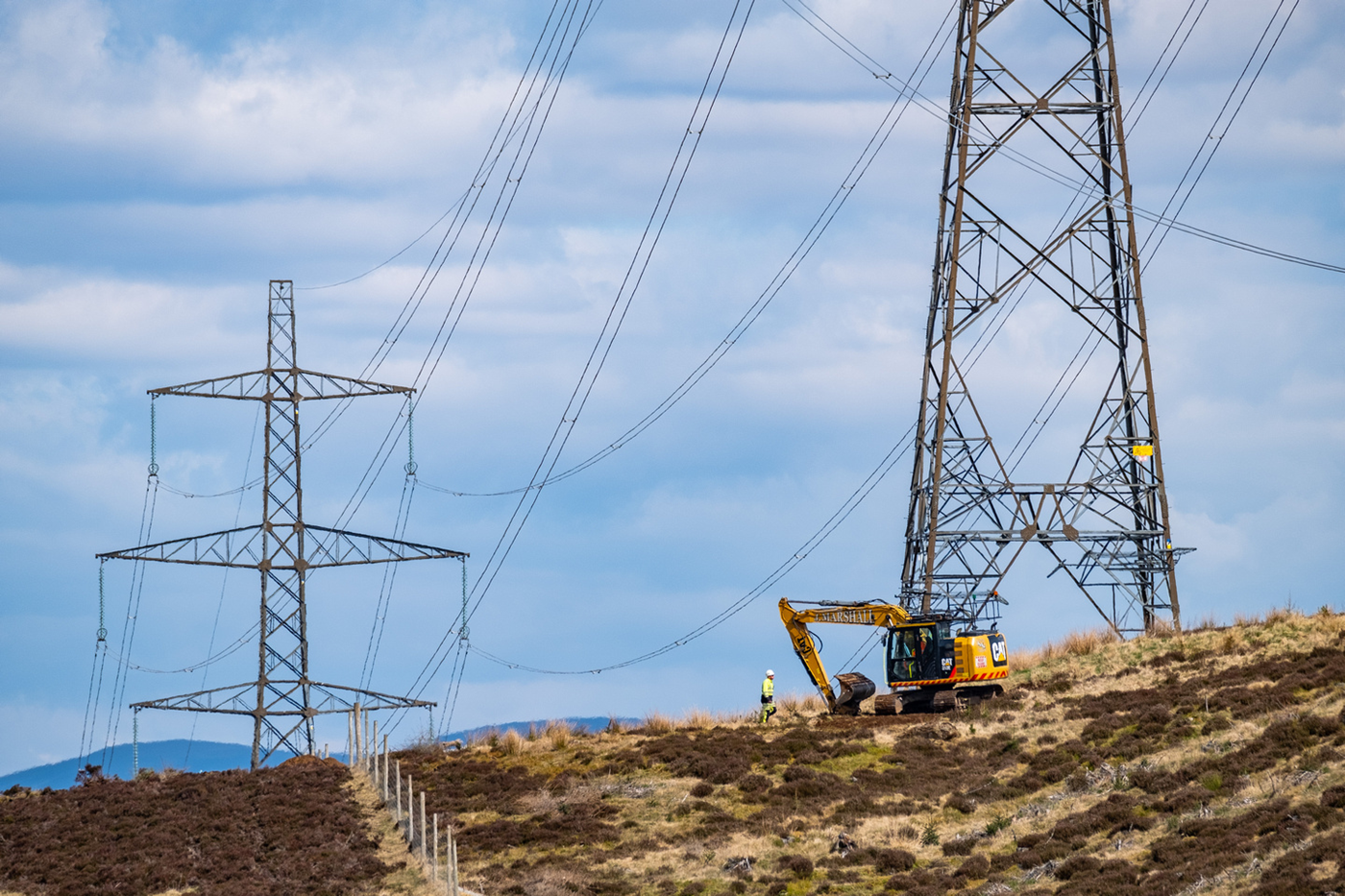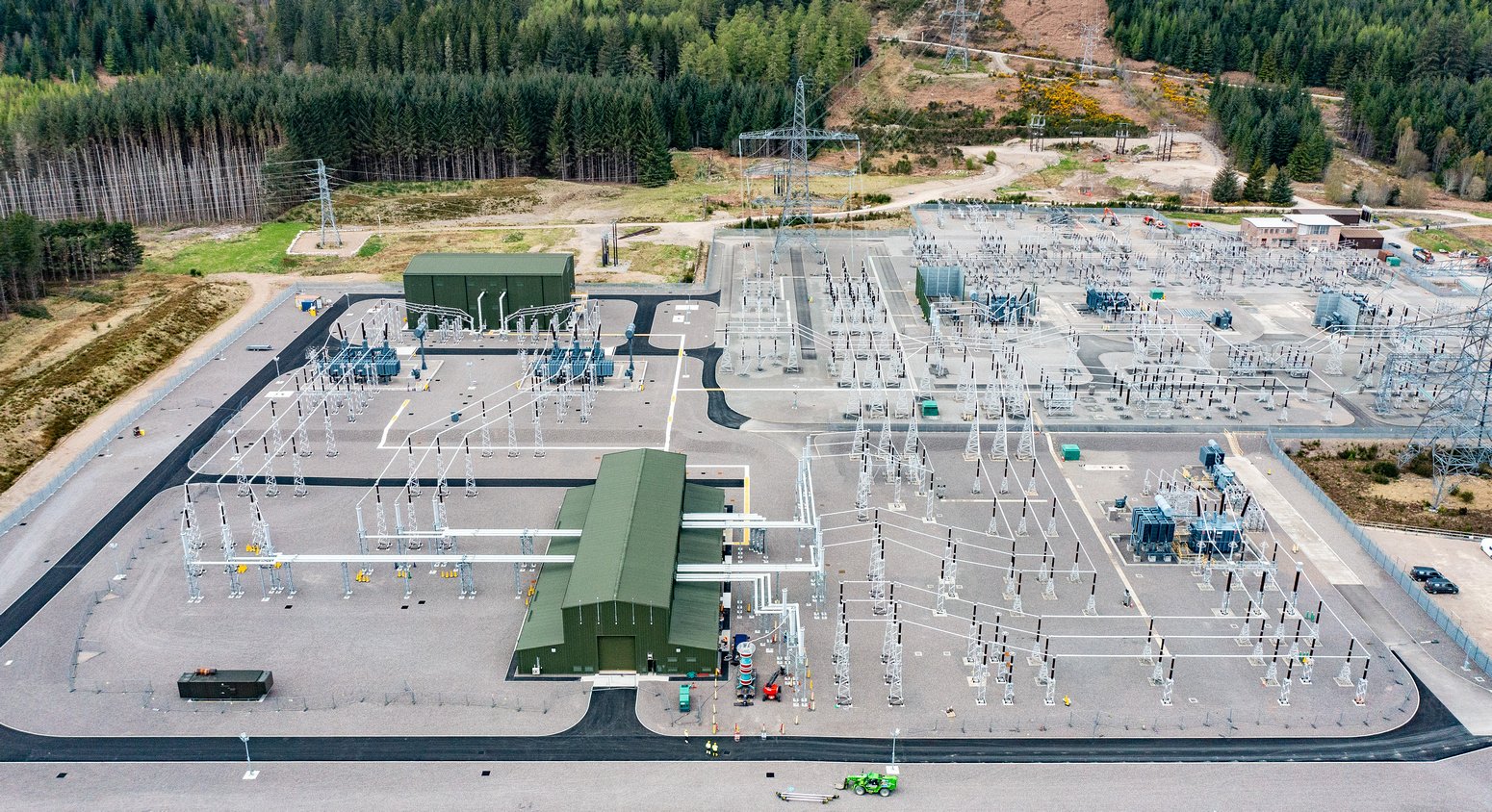Working safely near our Network
At SSEN Transmission we aim to provide clear advice on working safely around our assets and give guidance and information to third parties who intend to develop land near our electricity transmission assets. We can assist you to assess the risks associated with working near our electricity assets, this includes identifying immediate risks such as high voltage electricity lines and also those risks that might not be so immediately obvious.
Please use the resources available on this dedicated webpage to help you work safely near our assets:
- Powercut or Emergency? Call 105 - Please call 105 to report a power cut, network damage or an emergency to your local Distribution Network Operator. Our sister-business, SSEN Distribution, takes care of delivering electricity through its distribution network across North Scotland and the islands.
- LSBUD -
LSBUD is an online tool that helps you avoid utility assets before you dig in the UK. The service is designed to be used by anyone that needs to know where utility assets (pipes and cables) are in order to work safely.
- Guidance for Third-Parties working near SSEN Transmission Assets - Our document provides valuable information to those working near our network. Please contact us at the earliest opportunity using the online form below if you are planning to carry out any work near our assets.
We can support you to work safely near our network. Please complete our simple form at the bottom of this webpage and we'll be back in touch with you within a maximum of 30 days. Please contact us at the earliest opportunity if you are planning to carry out any work near our assets.
Staying Safe
It is important to remember that even without touching an exposed conductor, a life-threatening electric shock can still occur from a distance.
Electricity can jump several metres at high voltages, therefore when working near our assets, it is essential that a safe distance is maintained between people, objects, and exposed conductors. Our electricity transmission network operates at extra high voltages (EHVs) and a breach of those safety clearances could lead to serious injury or even death.
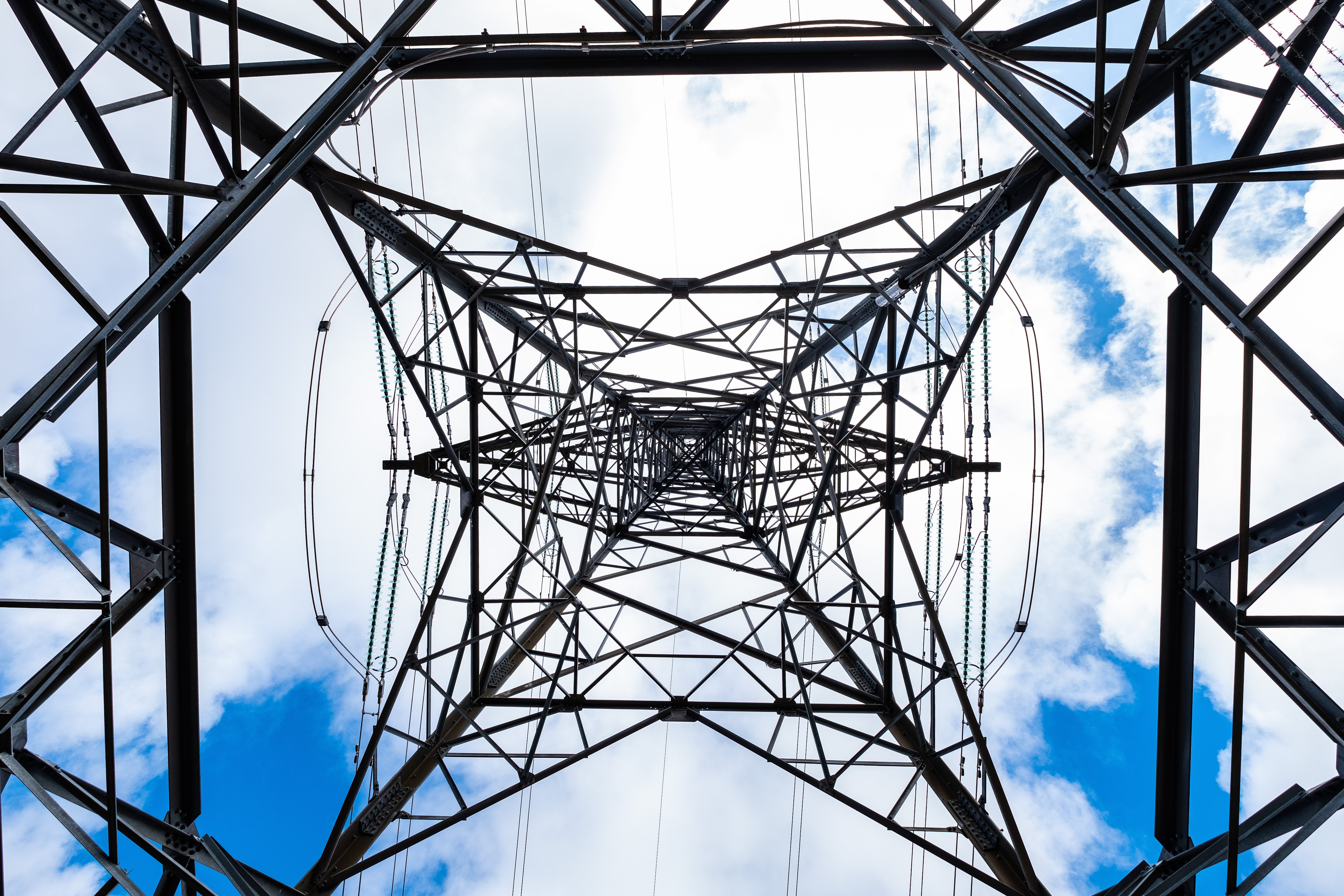
Potential risks and hazards
Land Access
We enter into agreements with landowners and occupiers to enable us to install and maintain our assets on their land. These arrangements detail our rights and responsibilities to landowners and occupiers but also set out any restrictions that enable us to meet safety standards and protect our asset integrity. These may include constraints on development, planting or other works in the vicinity of our assets.
It is advised that any third party who have development proposals which may be in proximity to our transmission assets should consult us at an early stage to understand what requirements we might have for network maintenance or any restrictions which may apply to their development.
Overhead Lines
We have statutory obligations to maintain a minimum ground clearance between conductors and other objects which are included in Regulation 17 of ESQCR 2002. Further guidance of standard clearances for the industry are set out in Energy Networks Association Technical Specification (ENA) TS 43-8.
The minimum distance between the conductors of an overhead line operating at 400kV, at maximum sag, and ground is 7.3m. The conductor sag can change due to various aspects including temperature. It is therefore essential that measurements to ground account for temperature variation.
The minimum clearance from the nearest line conductor to any object which is ordinarily accessible (including permanently mounted ladders and access platforms) or to any surface of a building is 5.3m. This includes temporary structures such as mobile and construction equipment. We will assess clearances on a case by case basis, provide guidance, and can attend the work site to assess risk and determine line heights.
If you are working near overhead lines, it is essential that you contact us so that we can assist you.
Substations
Due to their position at ground level and the high risk posed by equipment contained within, substations are protected with high security fencing to prevent entry by unauthorised individuals. This reduces the risk of accidental contact, which is a more common issue with overhead lines and underground cables.
Care is still required when working near to and planning developments in proximity to these facilities. Adequate road access is to be maintained for substation workers and for moving equipment during construction, maintenance or repair activities. Sometimes there is also a need to transport very large equipment such as transformers in or out of sites as abnormal indivisible loads.
No structures should be built, or materials stored within 2 metres of an existing substation fence, as this could provide a climbing aid for unauthorised persons to gain access to the facility.
Useful Information
-
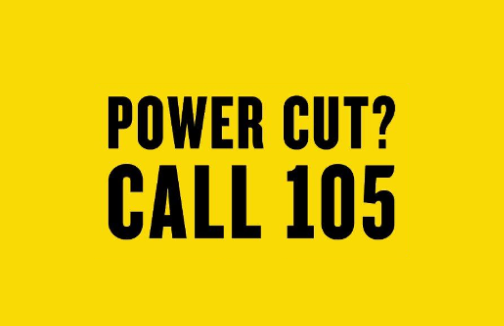
Power Cut or Emergency?
Please call 105 to report a power cut, network damage or an emergency to your local Distribution Network Operator. Our sister-business, SSEN Distribution, takes care of delivering electricity through its distribution network across North Scotland and the islands. -
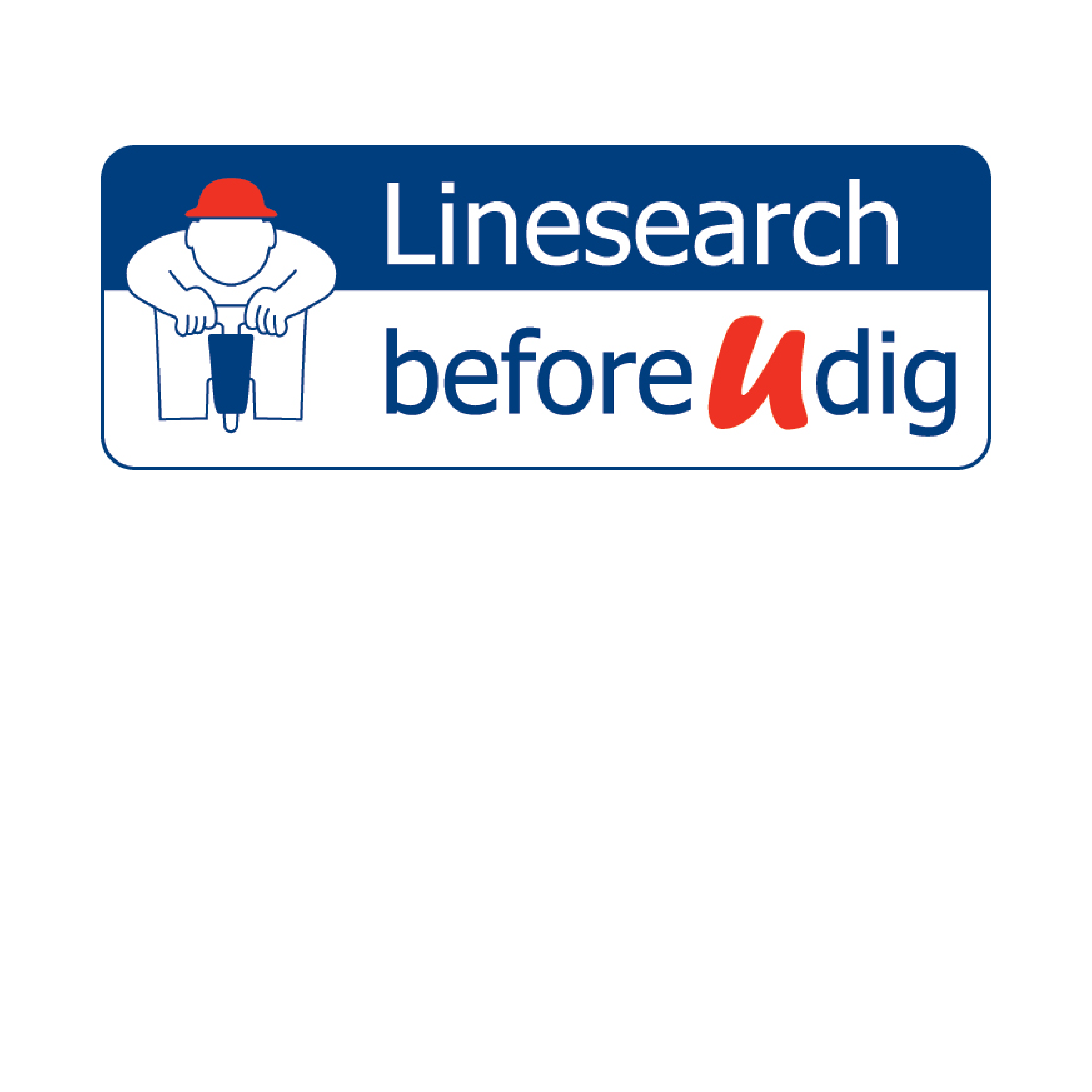
LSBUD
LSBUD is an online tool that helps you avoid utility assets before you dig in the UK. The service is designed to be used by anyone that needs to know where utility assets (pipes and cables) are in order to work safely. -
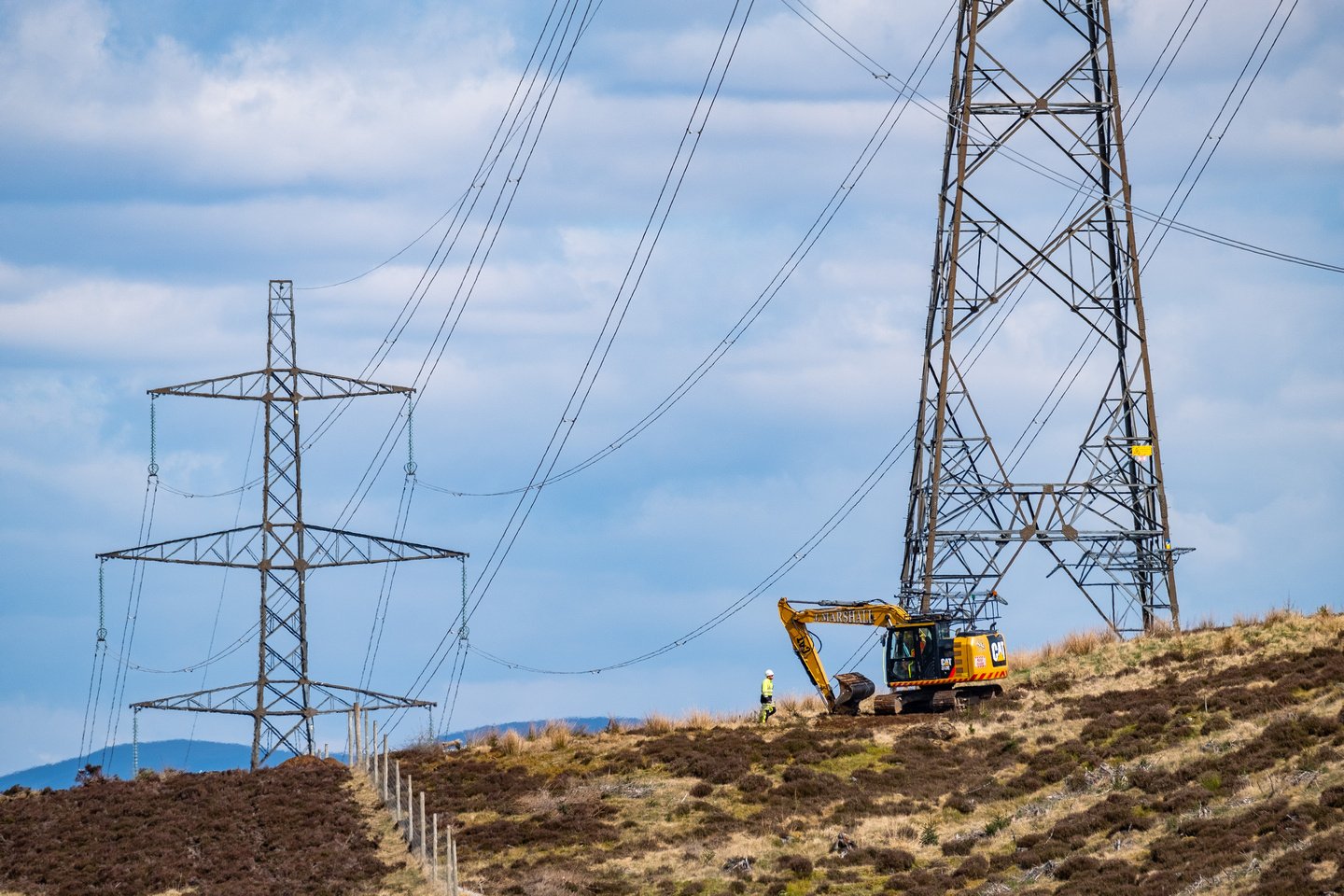
Guidance for Third-Parties working near SSEN Transmission Assets
We have produced this document to provide guidance and information to third parties who intend to develop land near our electricity transmission assets.
-
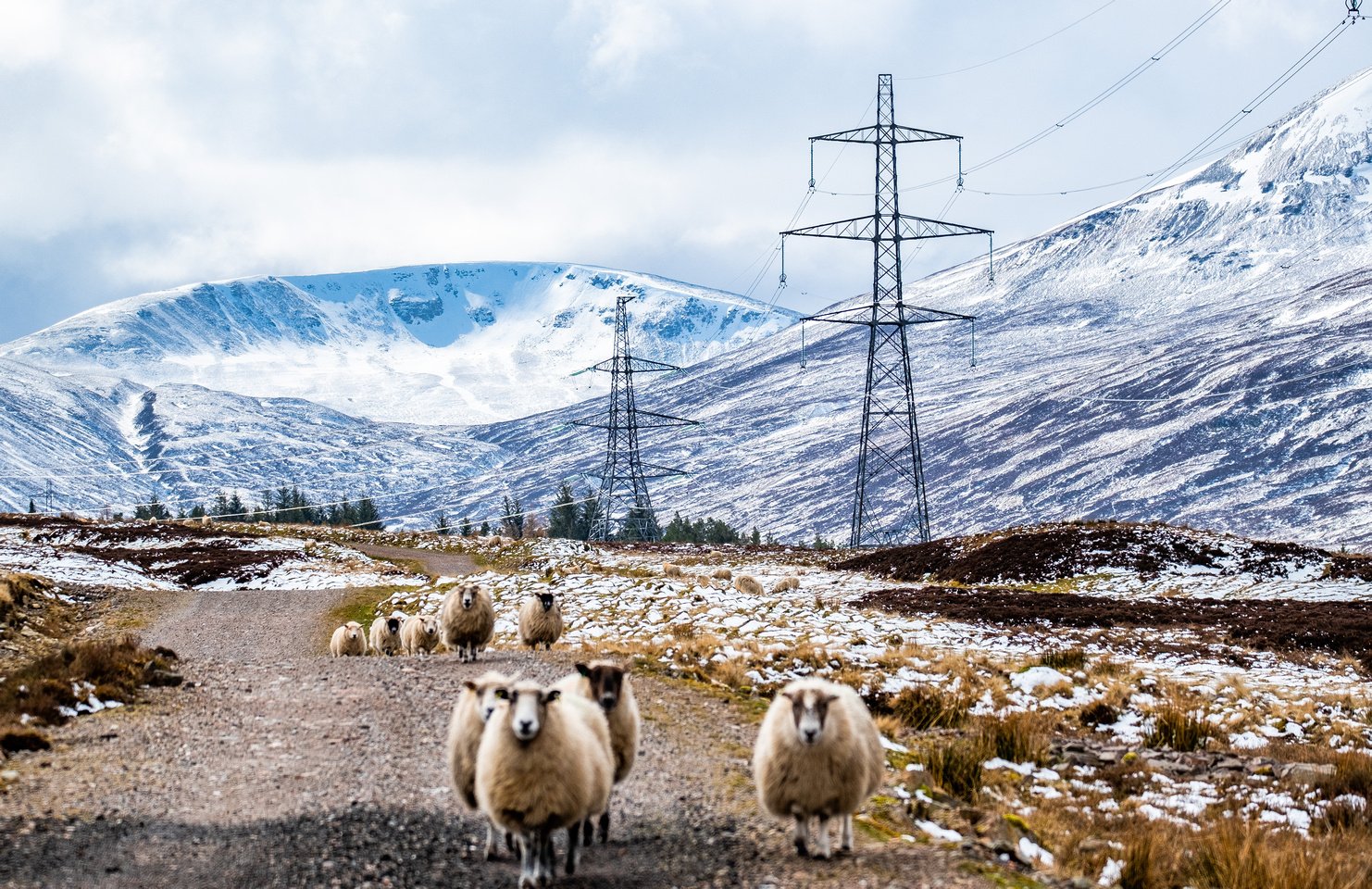
We're unlocking the power of data with our Open Data Portal
Our Open Data Portal provides our customers and stakeholders with easy access to our data and is supplemented by a wide range of additional data sets and features.
Through our commitment to Open Data, we’re unlocking the power of data to supercharge wider understanding of SSEN Transmission’s electricity network today and for the future.
